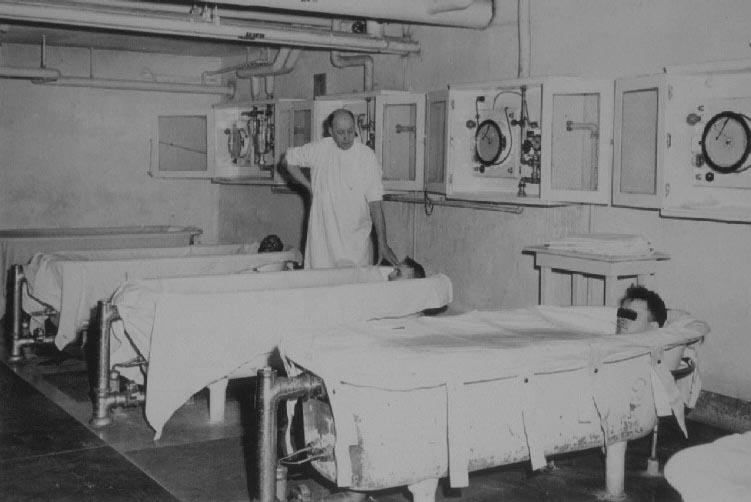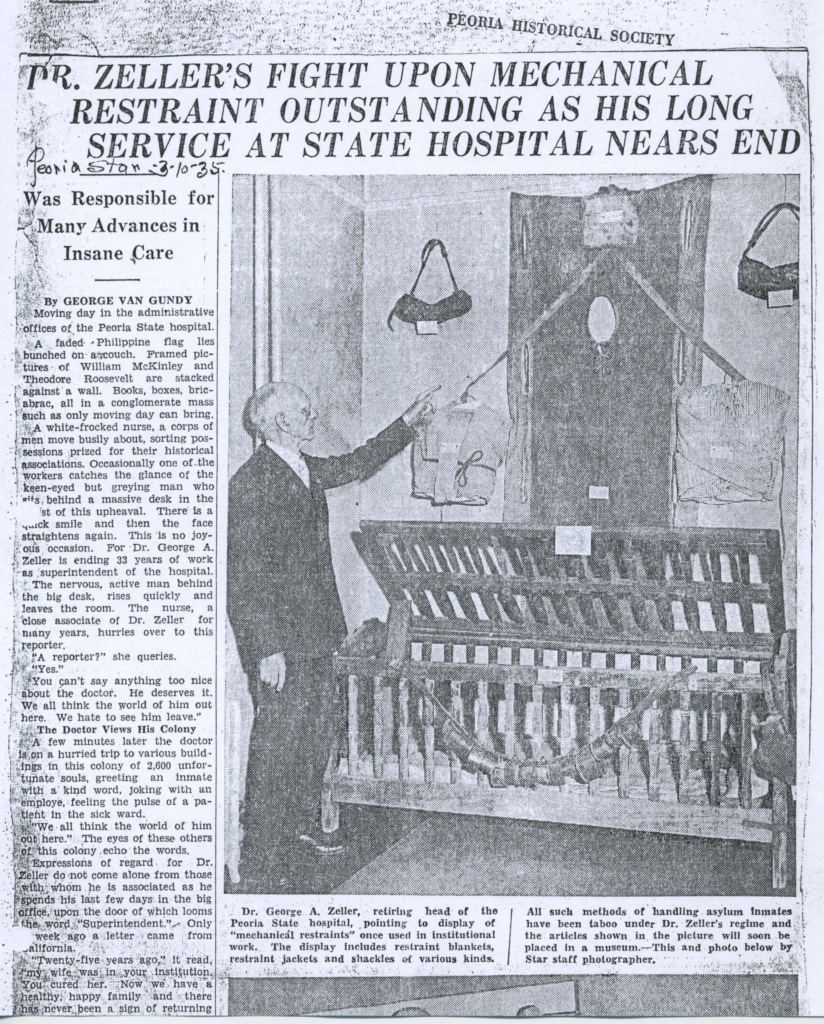Are you interested in seeing FOR THE INCURABLE INSANE? Would you like to view the film in your own town? Are you a teacher potentially interested in using this film in your classrooms? Currently, I am contacting libraries throughout the state of Illinois to host screenings of this documentary for entertainment and educational purposes. On a donation basis, ticket sales will go toward both the production and push of the film as well as to the Save the Bowen Foundation.
After the new year, the documentary will be available for pre-sale on DVD.
FOR THE INCURABLE INSANE is a two-hour documentary film composed of empathy, anger, cruelty, and hope. Offering insight to the social issues surrounding long-term mental illness and treatment, the film looks at the intimate history of the old Peoria State Hospital abandoned in Bartonville, Illinois. At the turn of the century, the Peoria State Hospital was opened in 1902 as the Illinois Asylum for the Incurable Insane. Revolutionary in its day, this documentary examines the history of the treatment of the mentally ill in America and how this asylum was changing the game. Dating back to the mid-1800s, asylums were sparse and insane family members were locked away, usually hidden from the public. Some still believed in witchcraft, the devil and hexes, and all of the folklore that went along with the ignorance of what mental illness truly was. Remembering the forgotten stories of previous patients and employees, FOR THE INCURABLE INSANE admires the life’s work of Dr. George Zeller and questions our current broken mental health system. Using education to generate compassion and understanding, perhaps those who view the film will find a more open mind to acknowledging those who are less fortunate as well as taking an active roll in saving pieces of our history, like the Bowen building on the grounds of the asylum.
Dr. Zeller believed in many different kinds of humane treatments, including hydrotherapy. Throughout my research and interviews, some believed hydrotherapy to be one of the cruel treatments. However, most can attest that soaking in a jacuzzi can be very calming. Manic episodes were soothed as patients would be submerged in tubs covered with canvas. Regardless, Zeller’s life’s work was about treating the patient as an individual, embracing their oddities, and upholding the golden rule. He and his wife never had children but Zeller was always viewed as a father figure to so many unloved and forgotten “children”.
Here is a newspaper article from March 10, 1935, showcasing Zeller and the old “methods of treatment” he abolished when becoming superintendent.


0 Comments